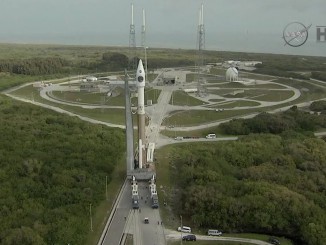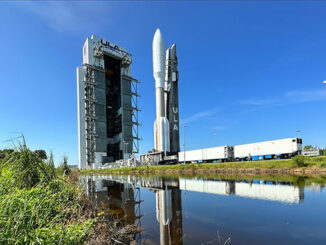Carrying a $2.7 billion NASA mission to Mars, a United Launch Alliance Atlas 5 rocket took off July 30 from Cape Canaveral and fired into a summer sky powered by four powerful solid rocket boosters and a kerosene-burning main engine.
The Atlas 5 blasted off from pad 41 at Cape Canaveral Air Force Station at 7:50 a.m. EDT (1150 GMT) July 30 and rocketed away from the Florida spaceport with some 2.3 million pounds of thrust.
The 197-foot-tall (60-meter) rocket arced over the Atlantic Ocean to the east from Cape Canaveral, surpassed the speed of sound in 35 seconds, and shed its four strap-on solid rocket boosters just before the two-minute mark of the flight. The first stage’s kerosene-fed RD-180 fired for nearly four-and-a-half minutes before dropping away, allowing the rocket’s Centaur upper stage to accelerate NASA’s Perseverance rover on an escape trajectory toward Mars.
The robotic Perseverance rover is the centerpiece of NASA’s Mars 2020 mission designed to search for signs of ancient life on the Red Planet.
The launch July 30 marked the 85th flight of an Atlas 5 rocket since August 2002, and the fourth Atlas 5 launch of the year.
Read our full story for details on the mission.
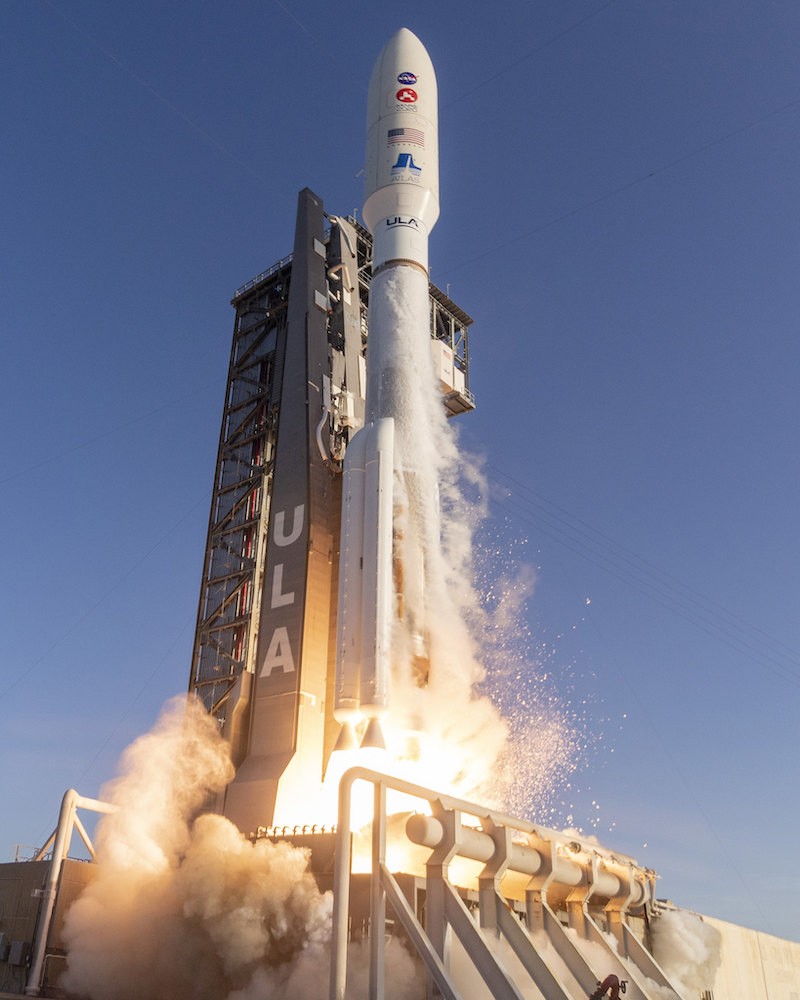
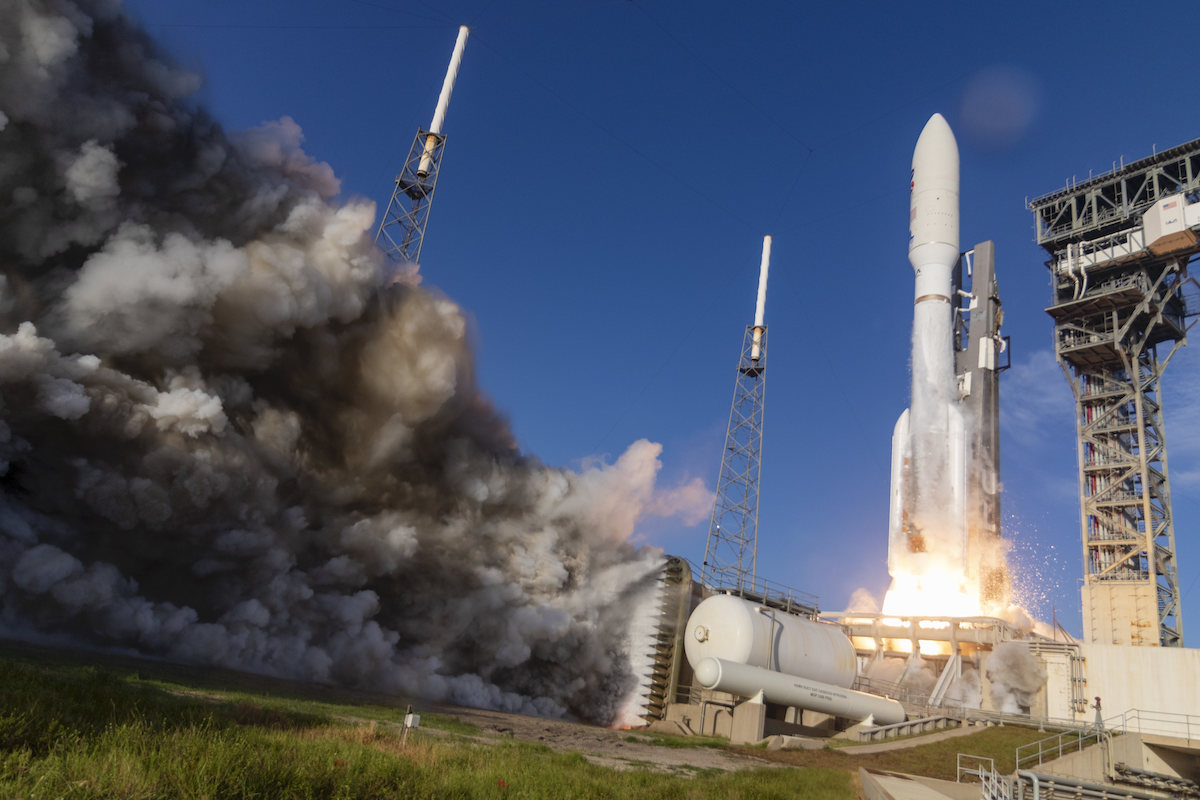
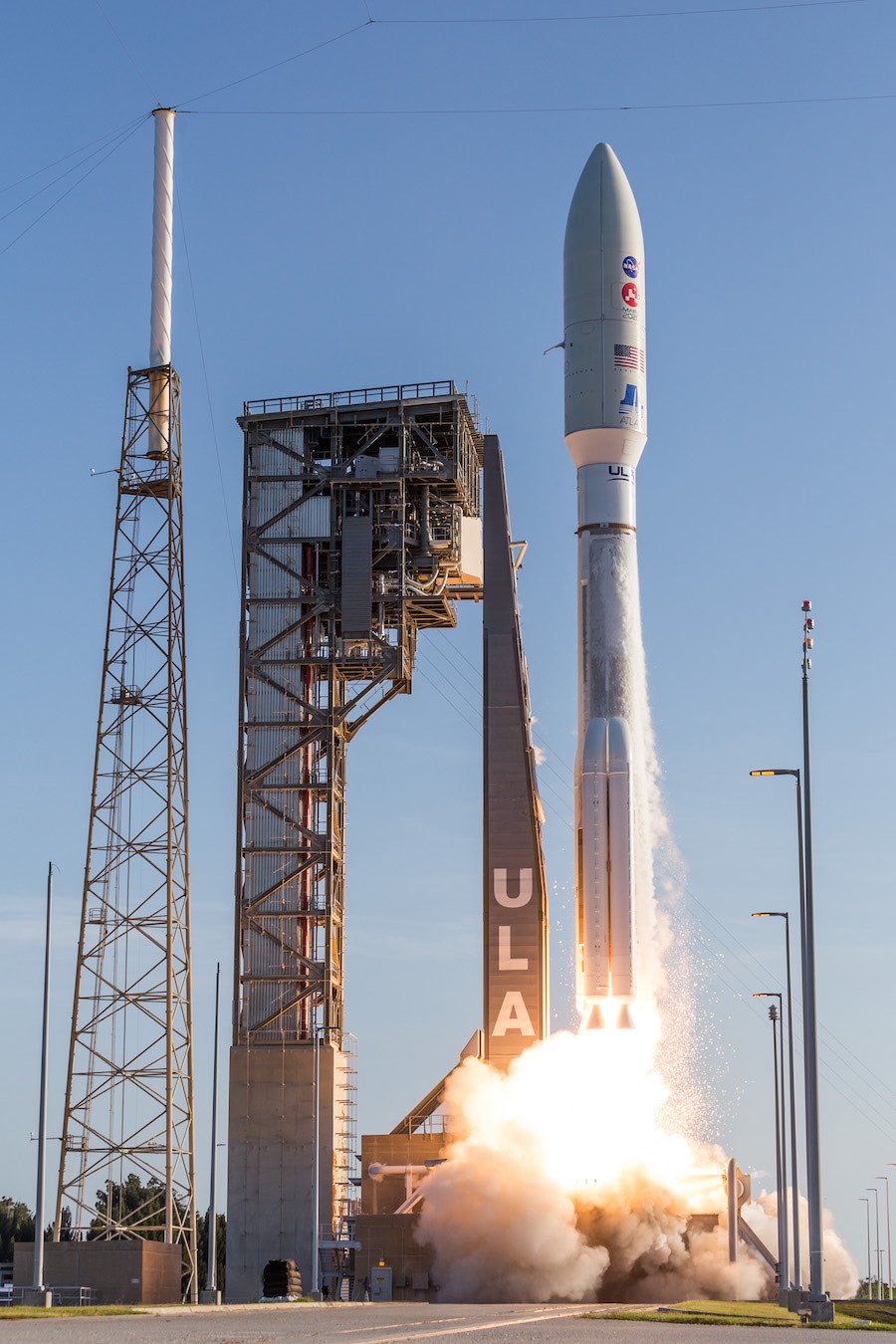
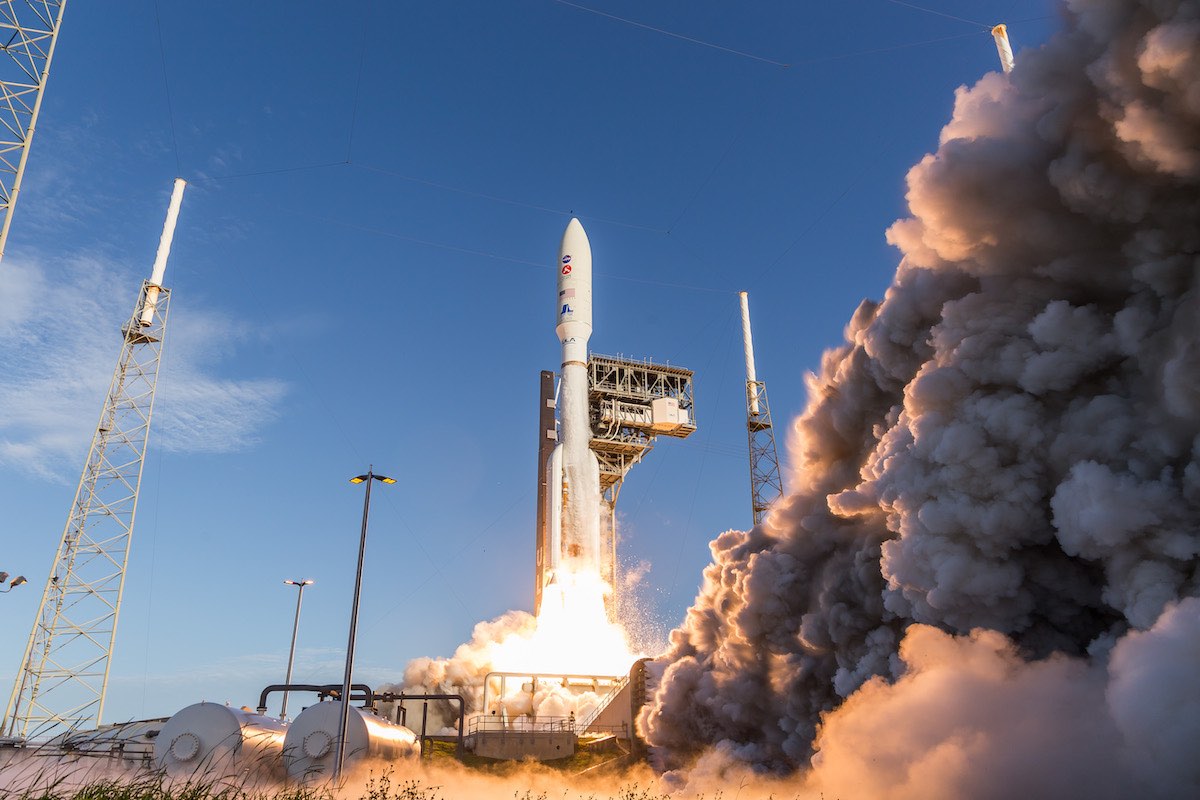
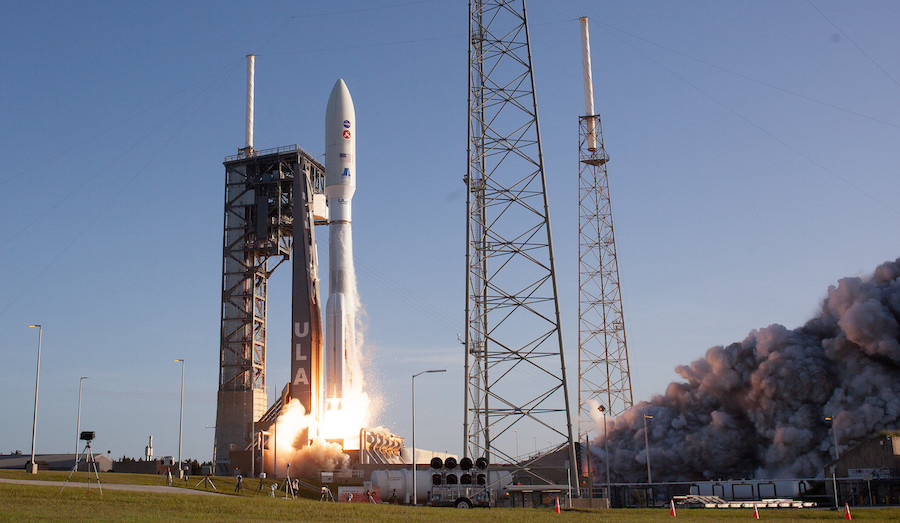
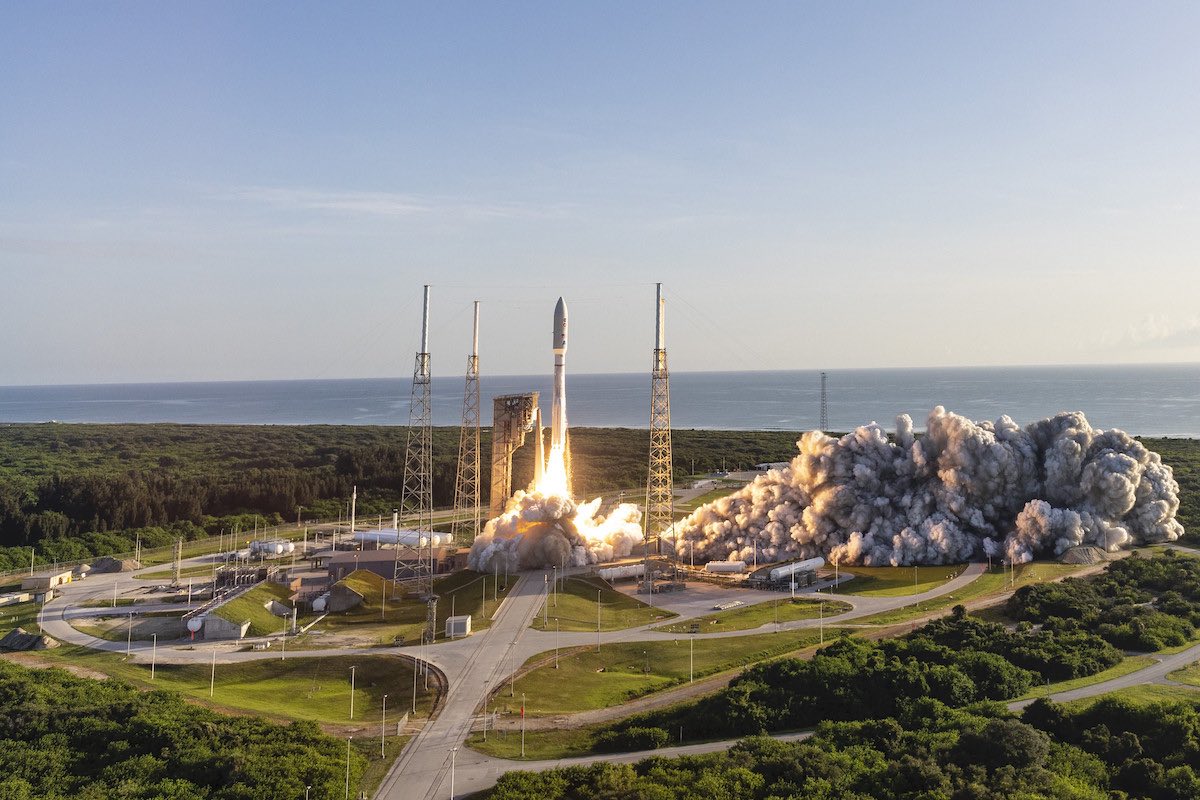
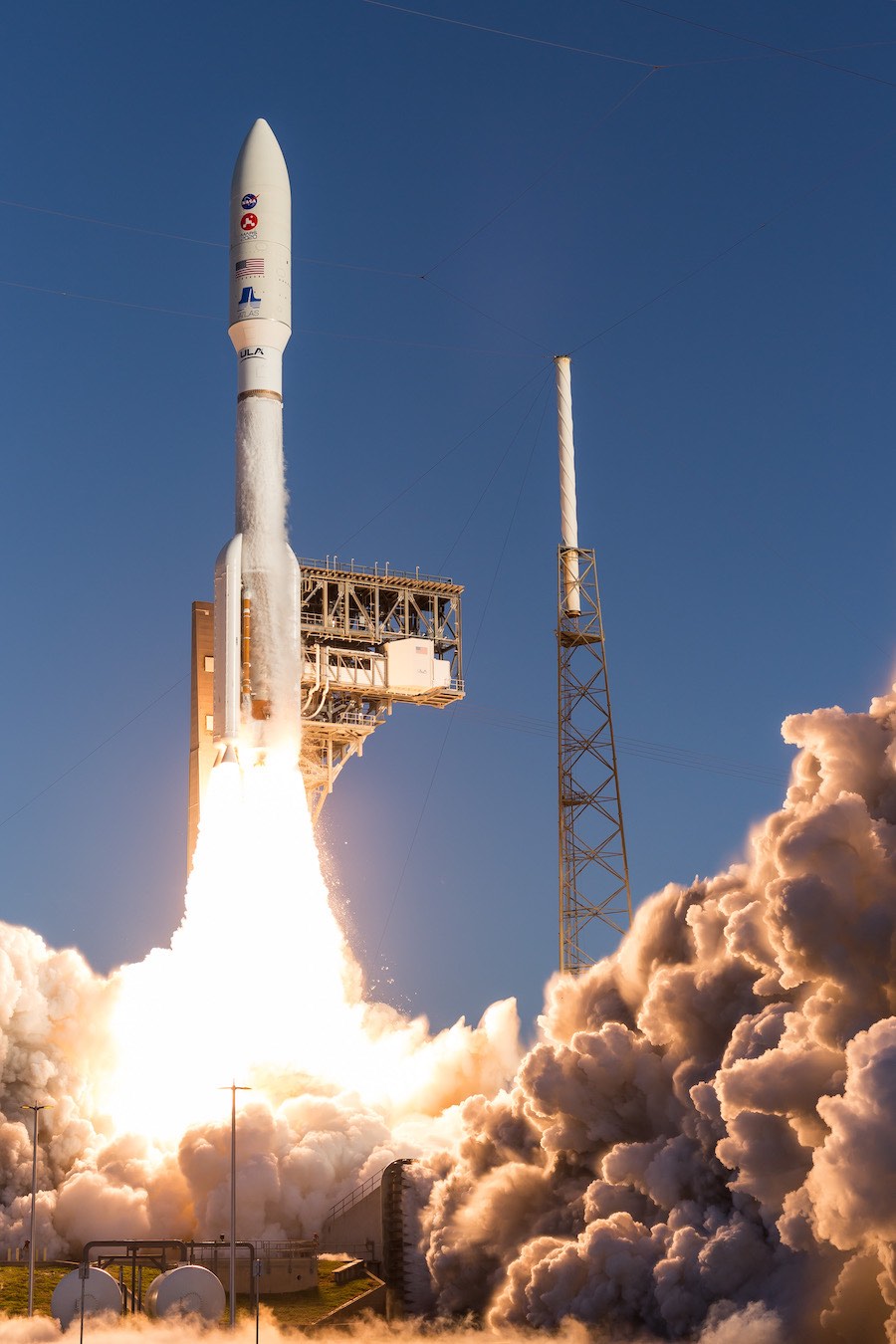
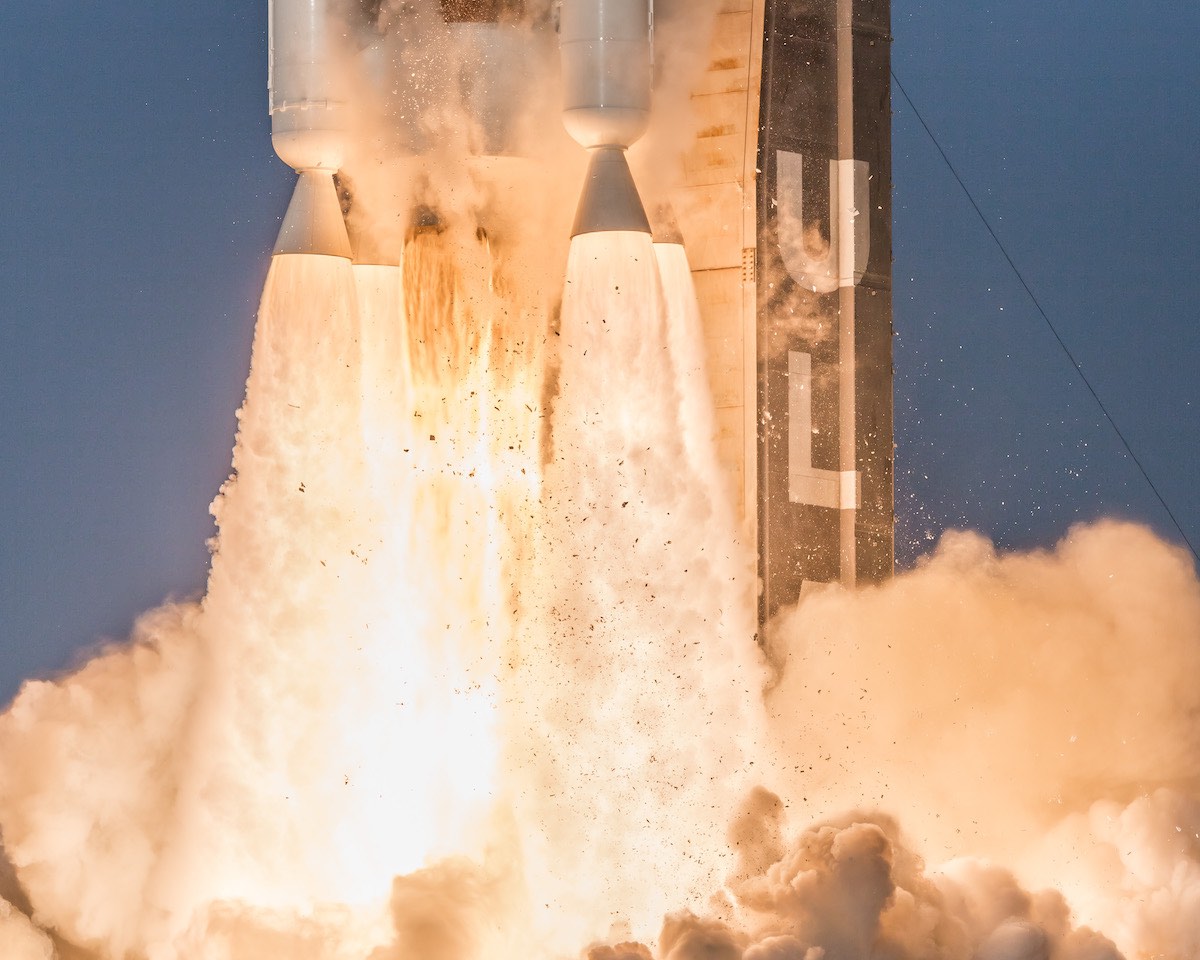
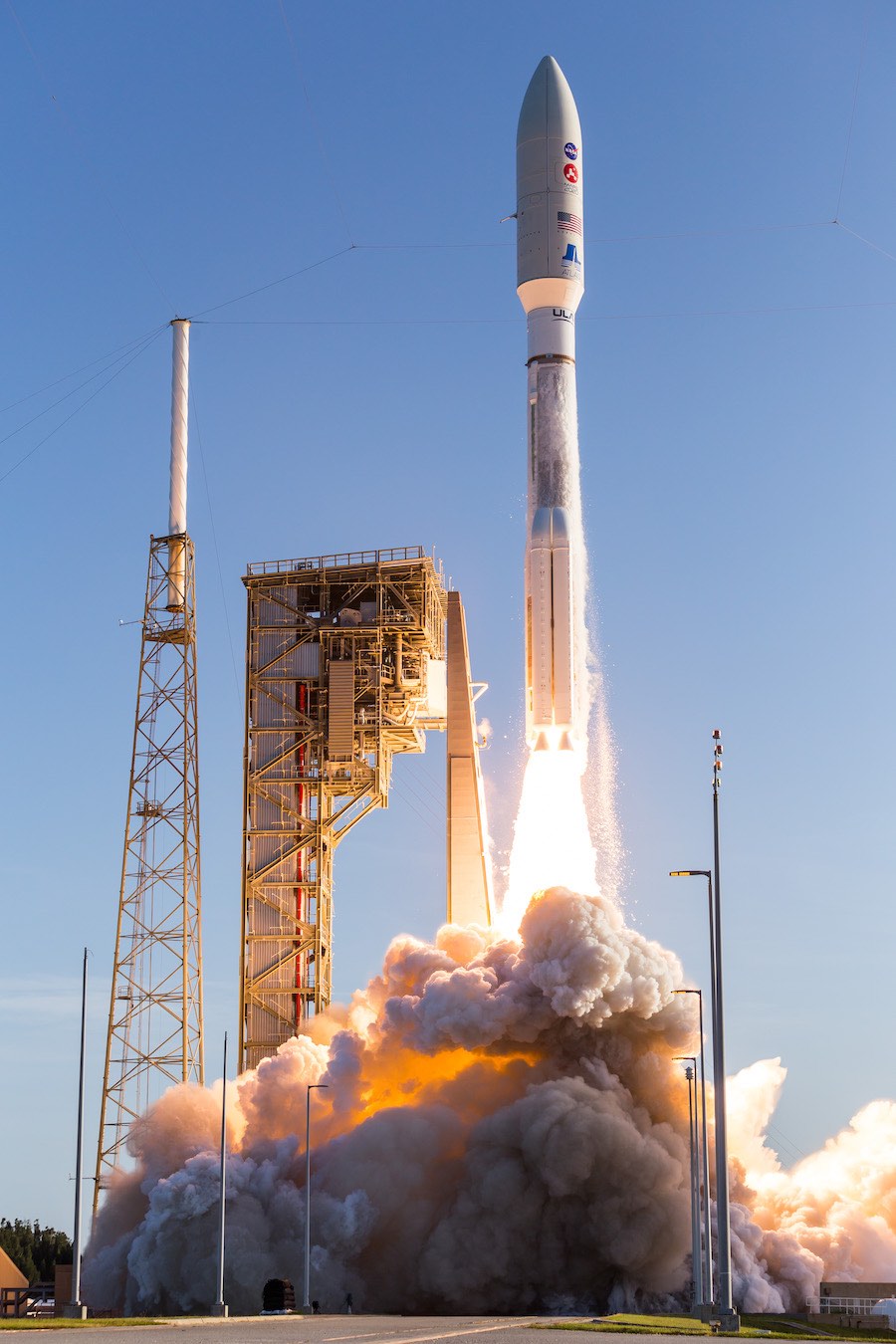
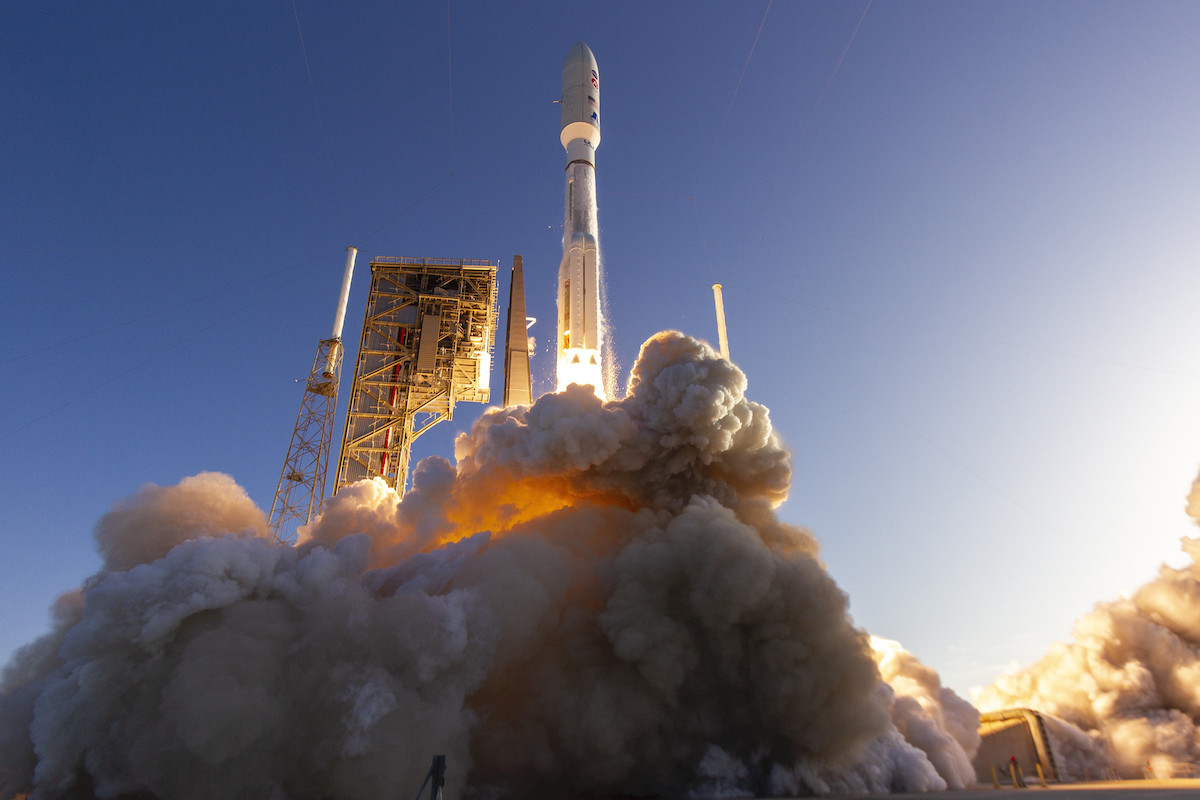
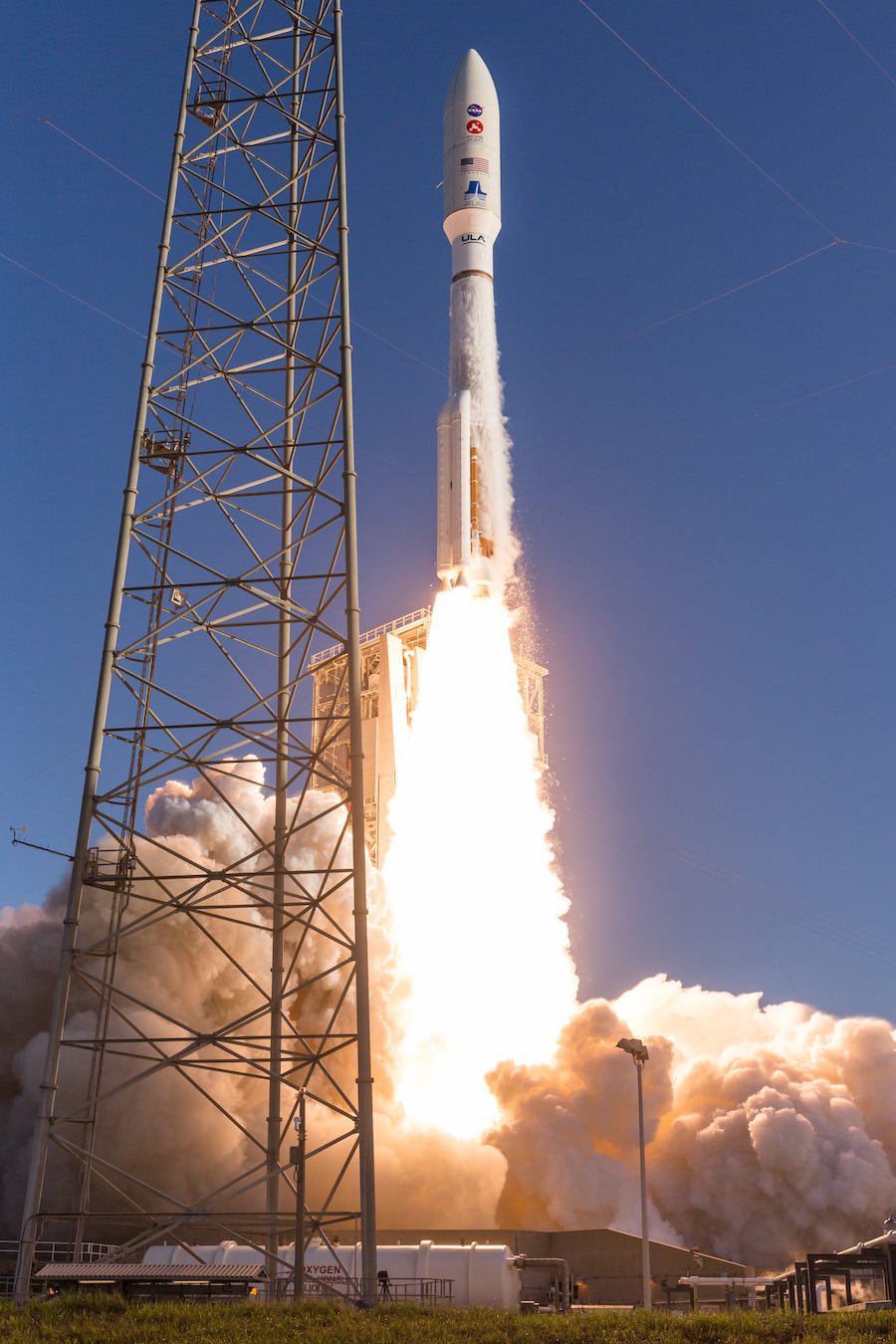
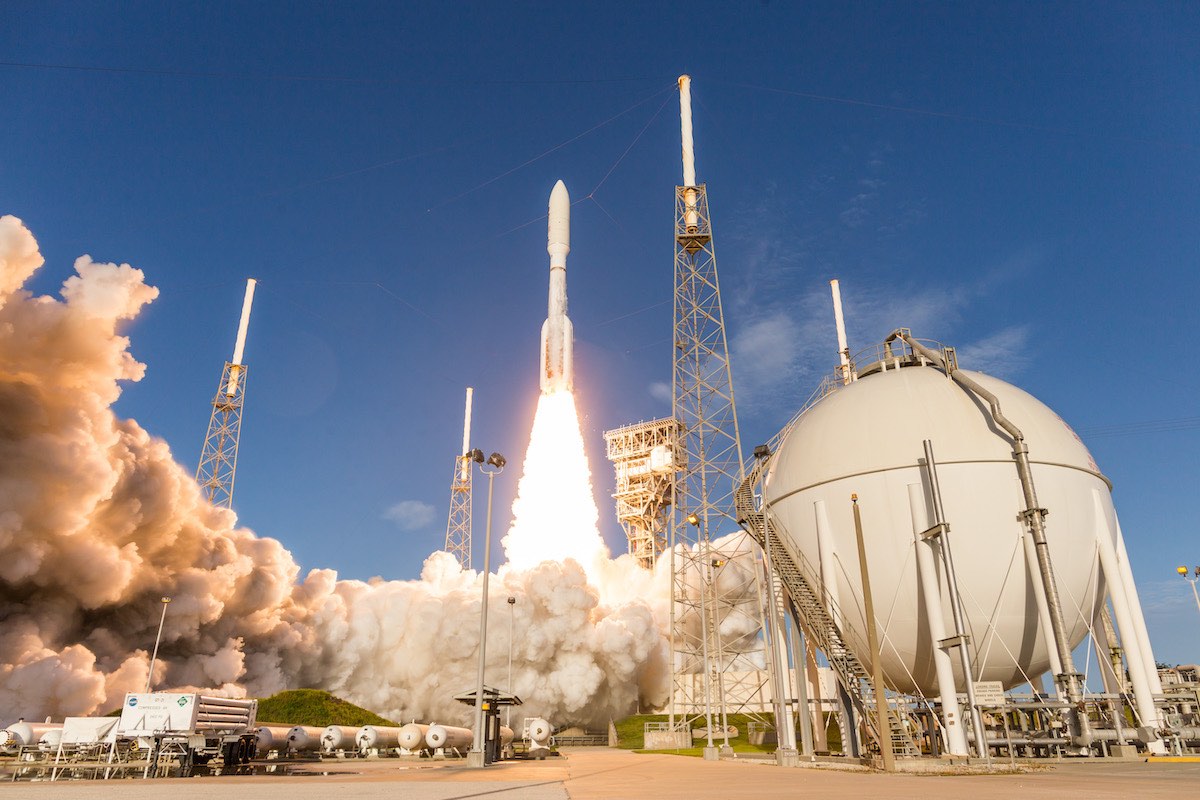
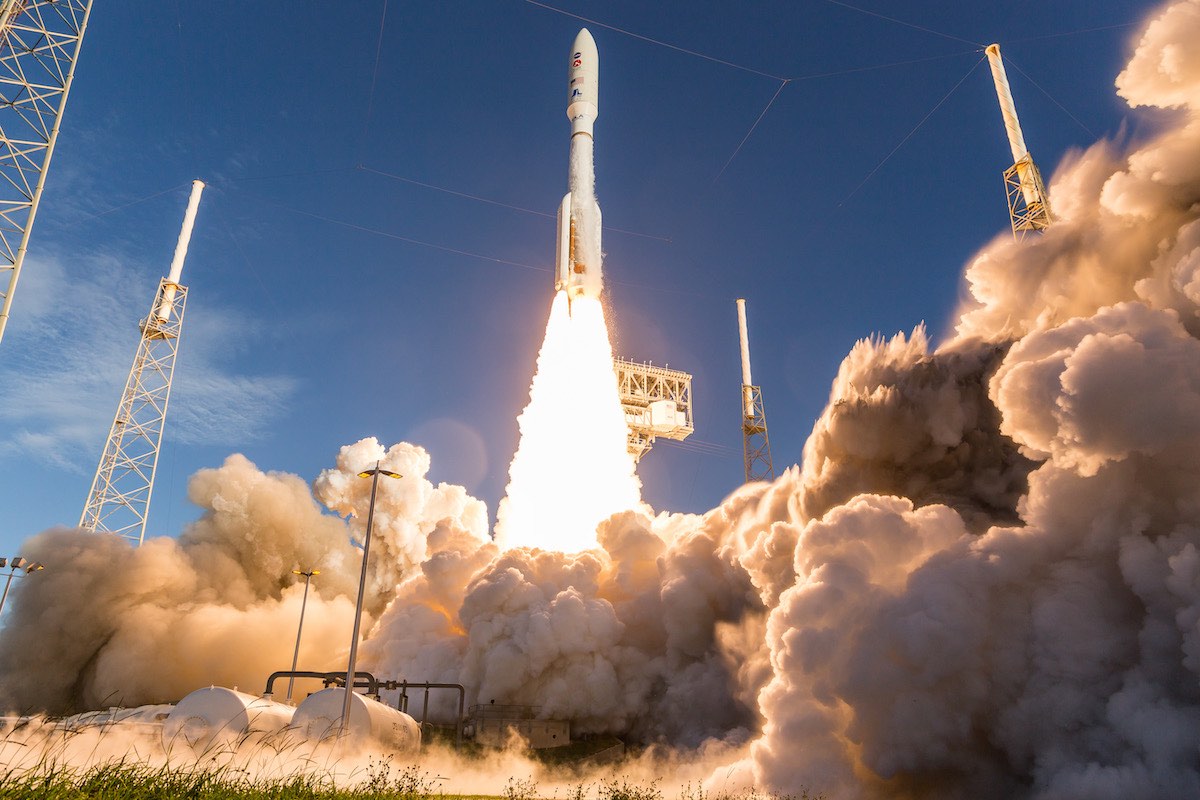
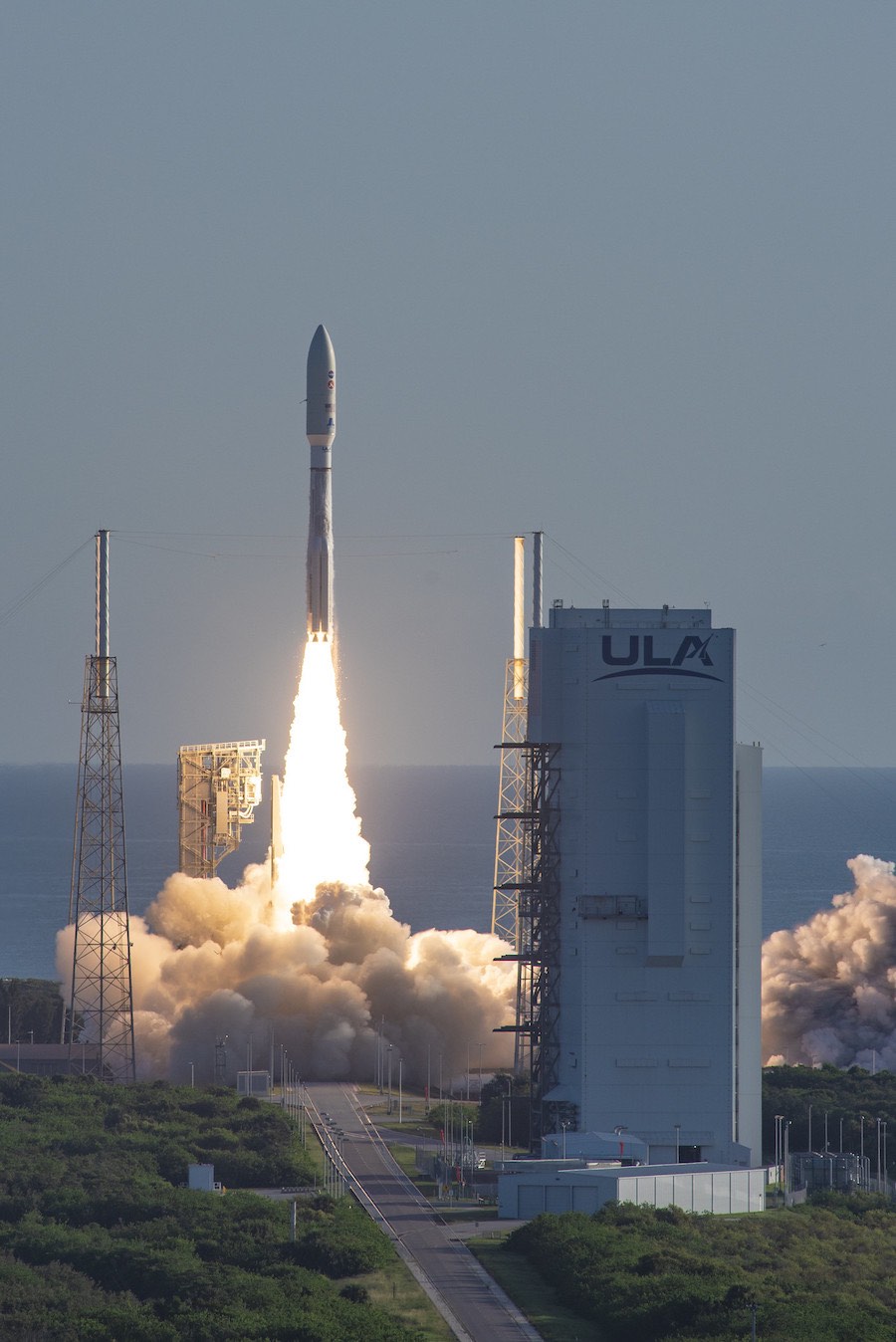
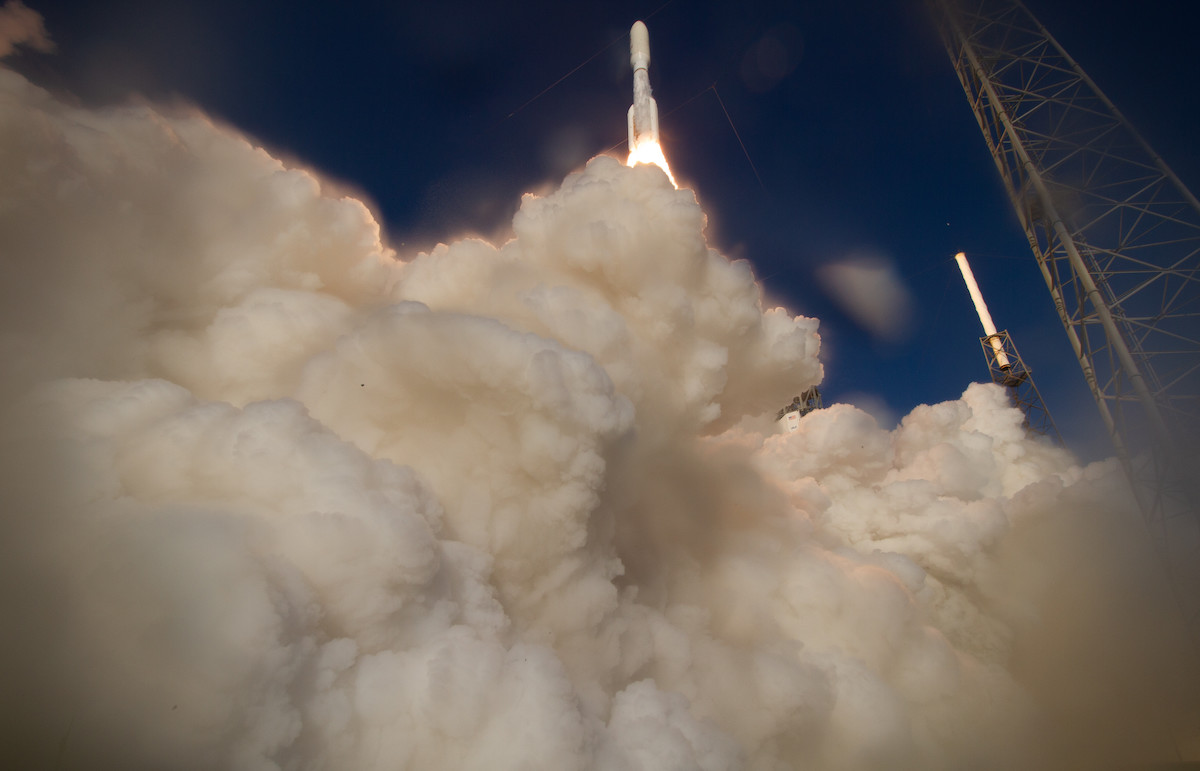
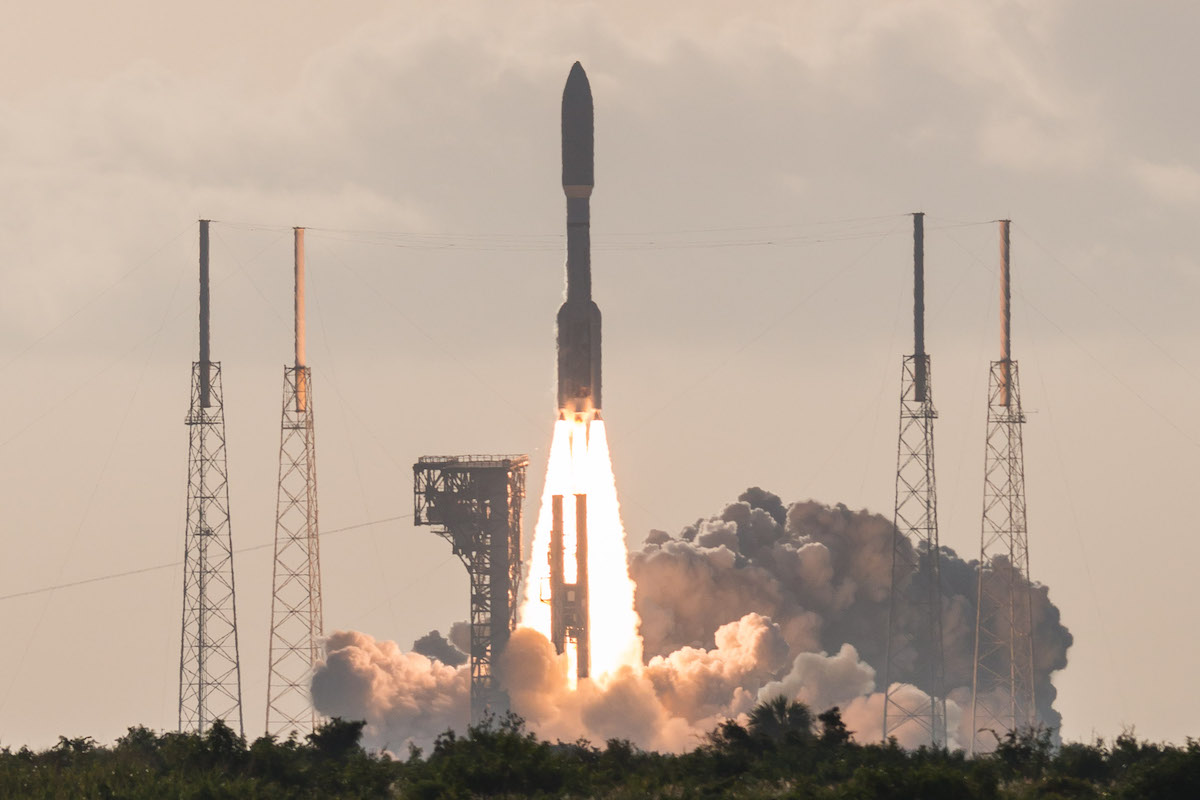
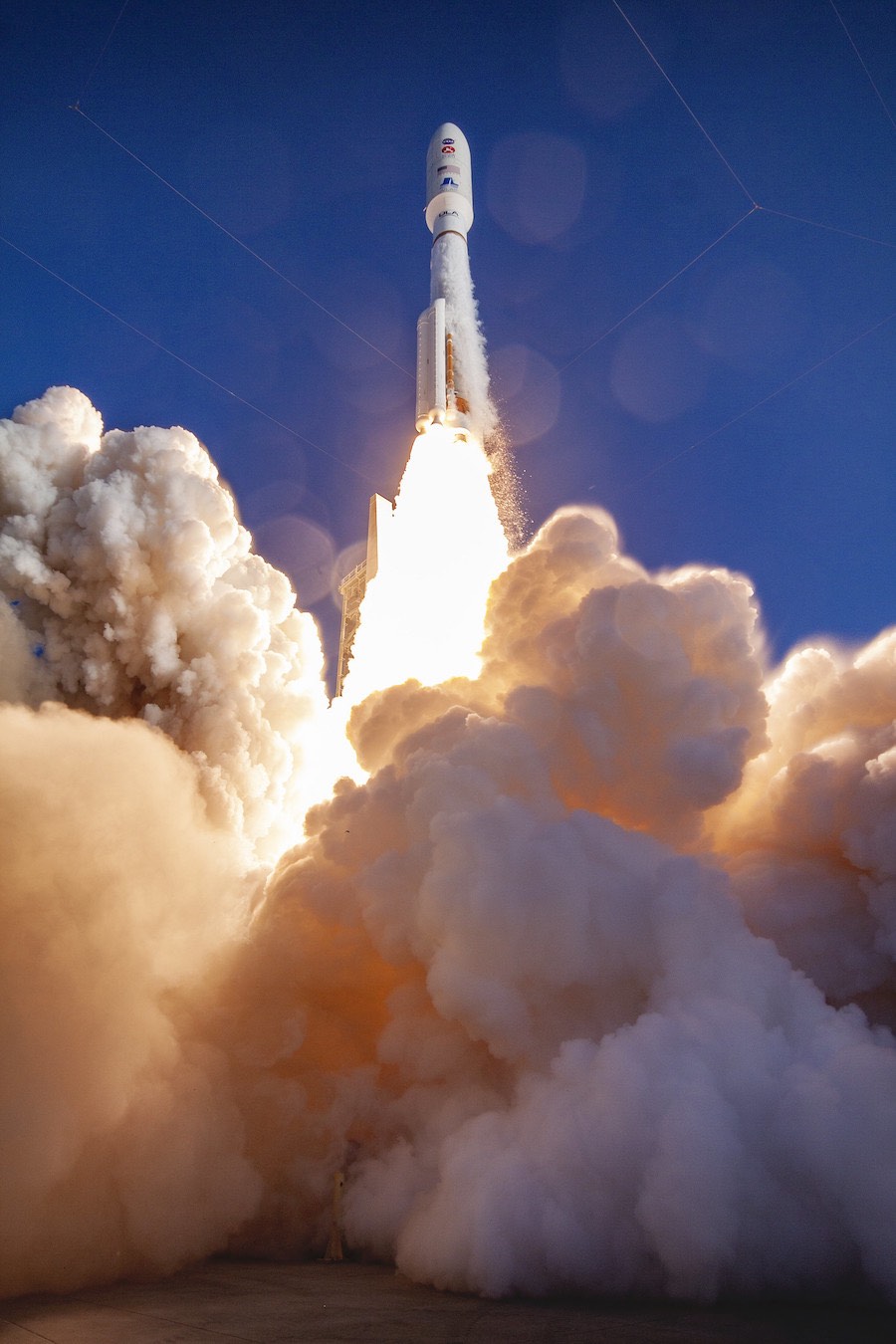
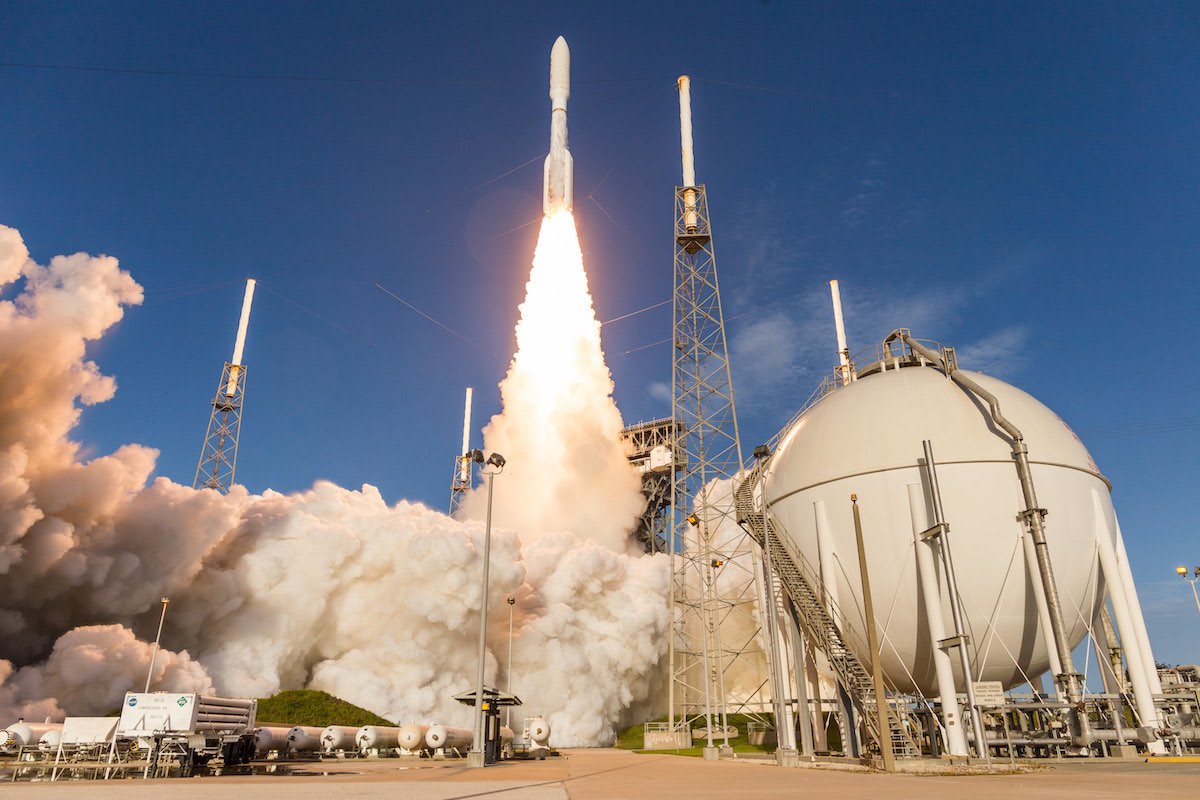
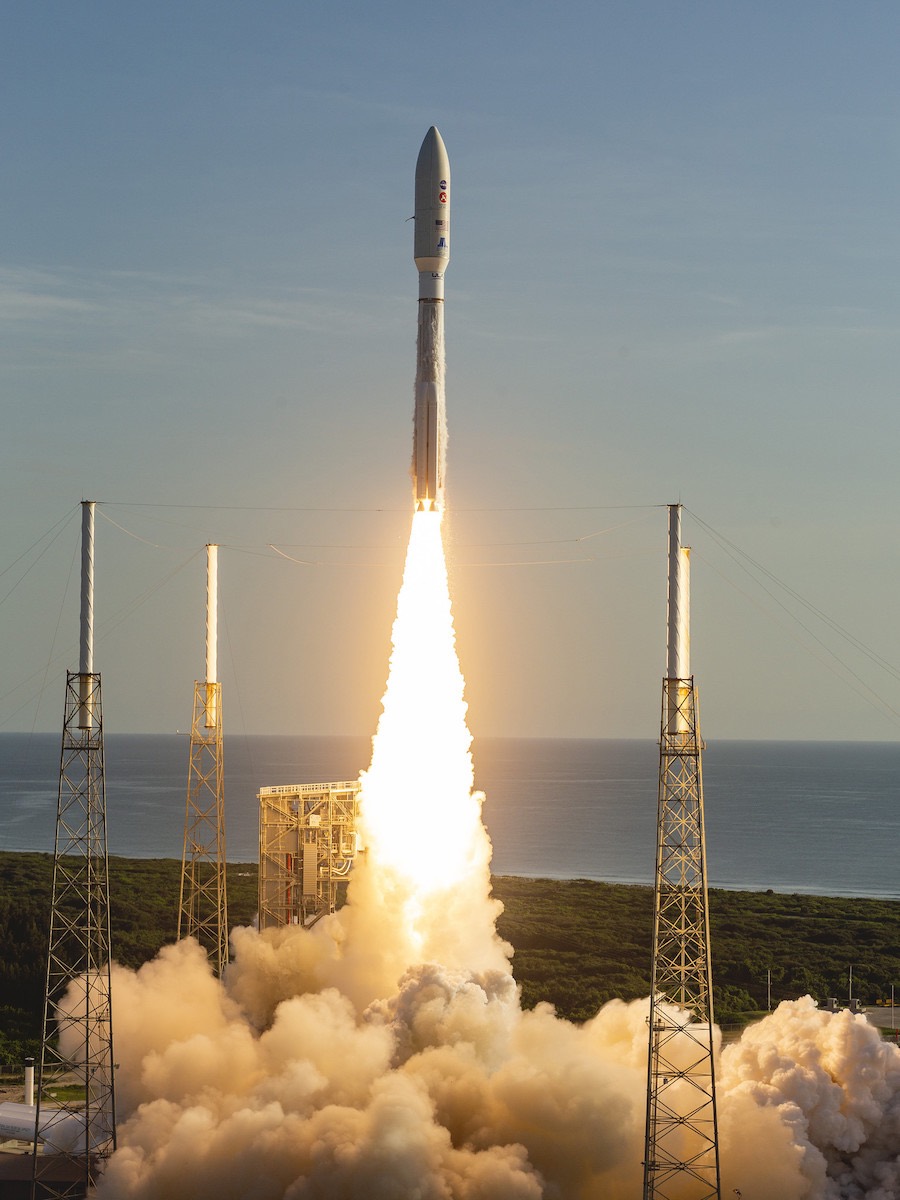
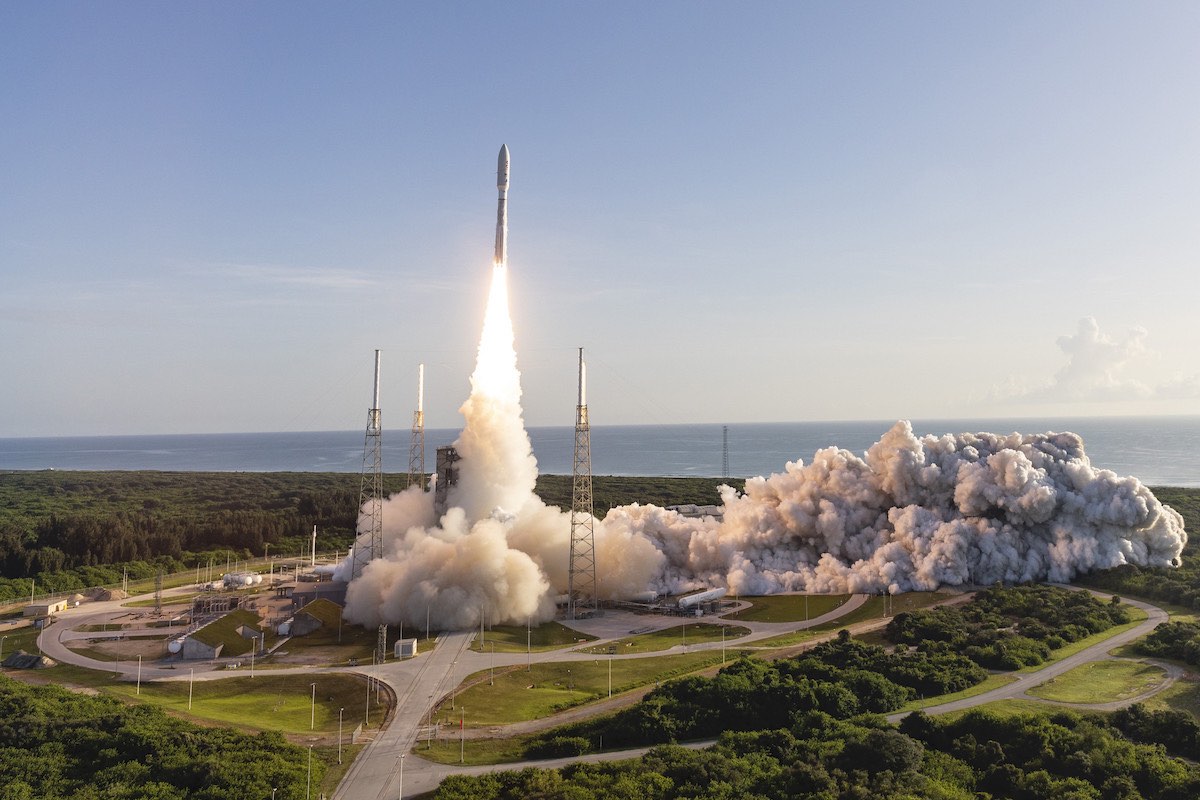
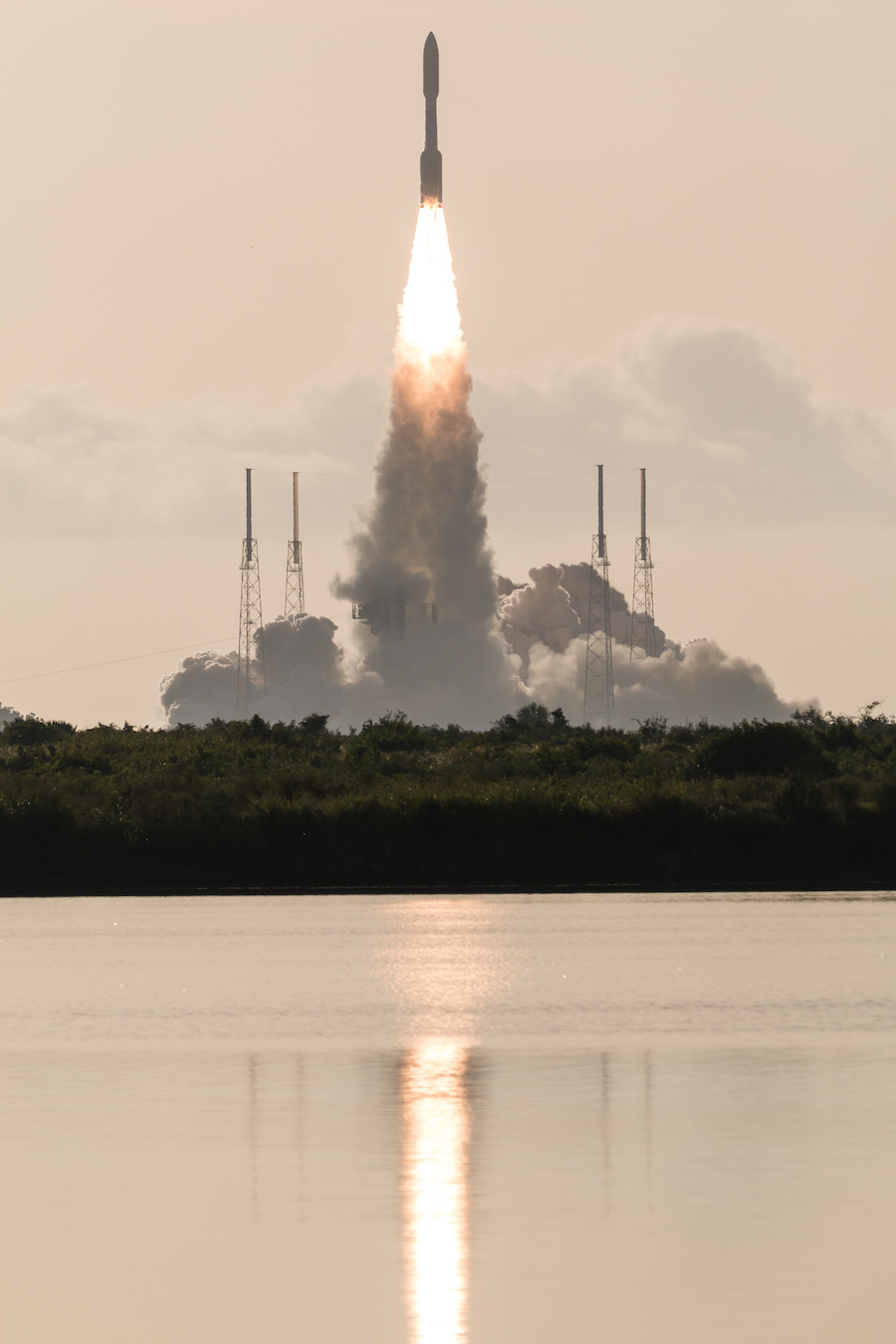
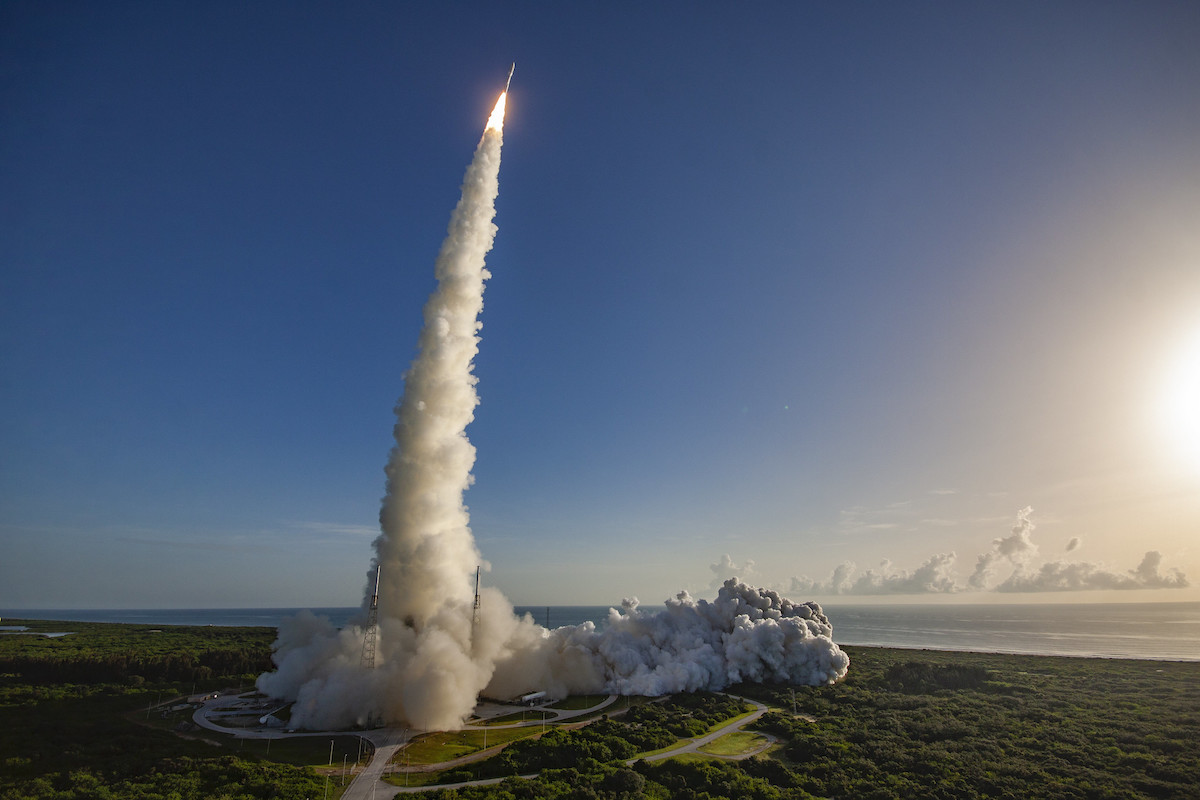
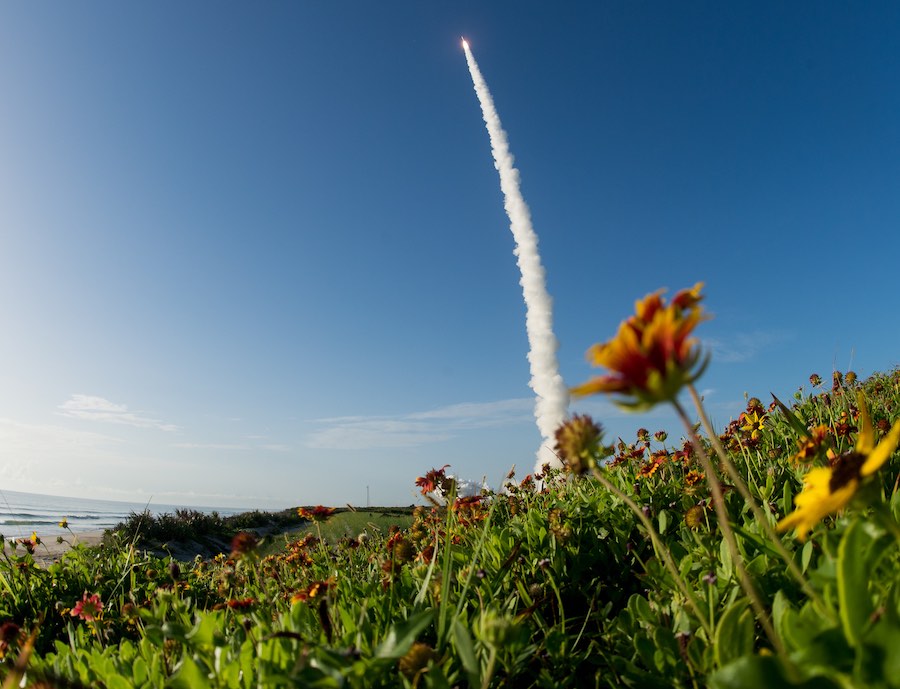
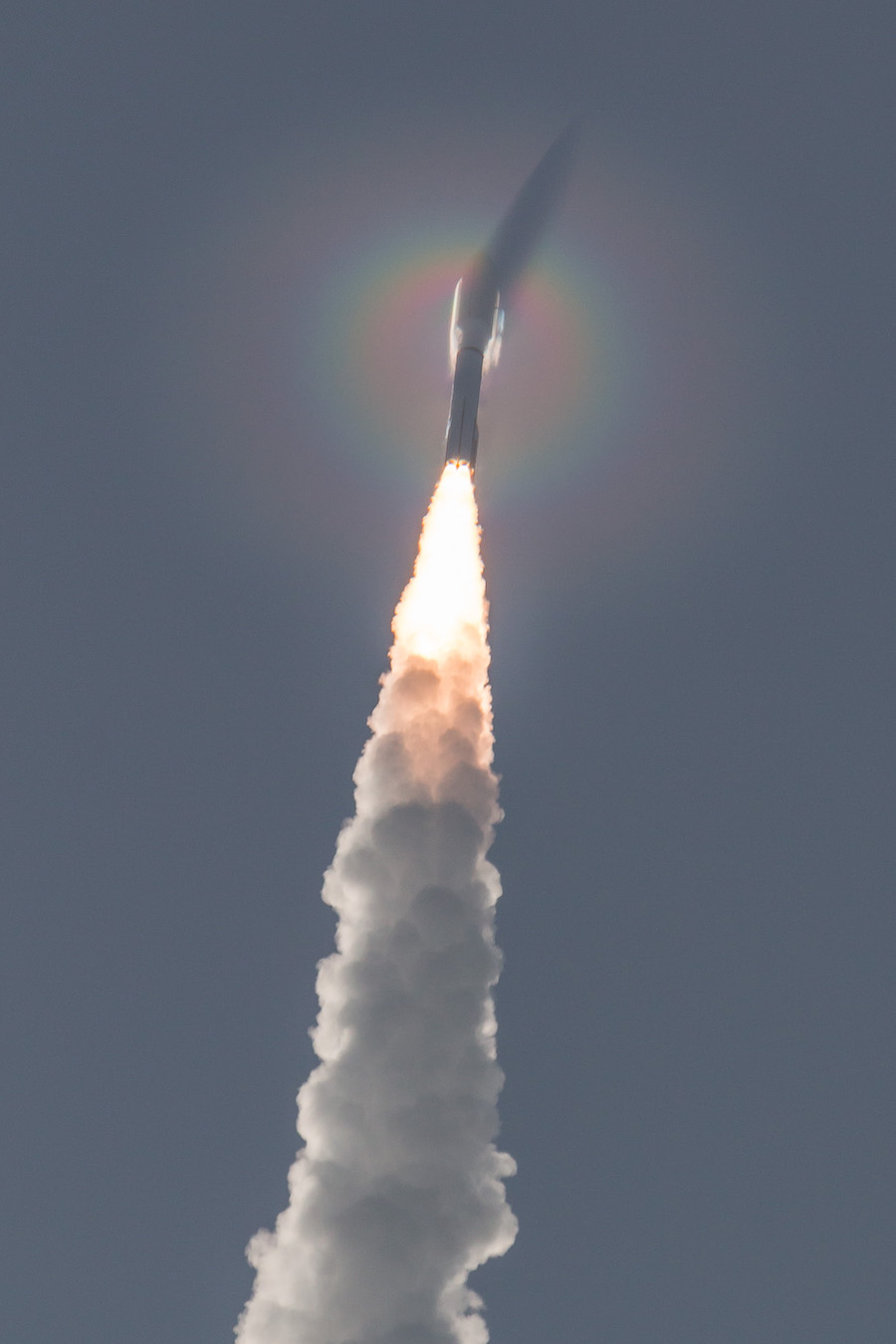
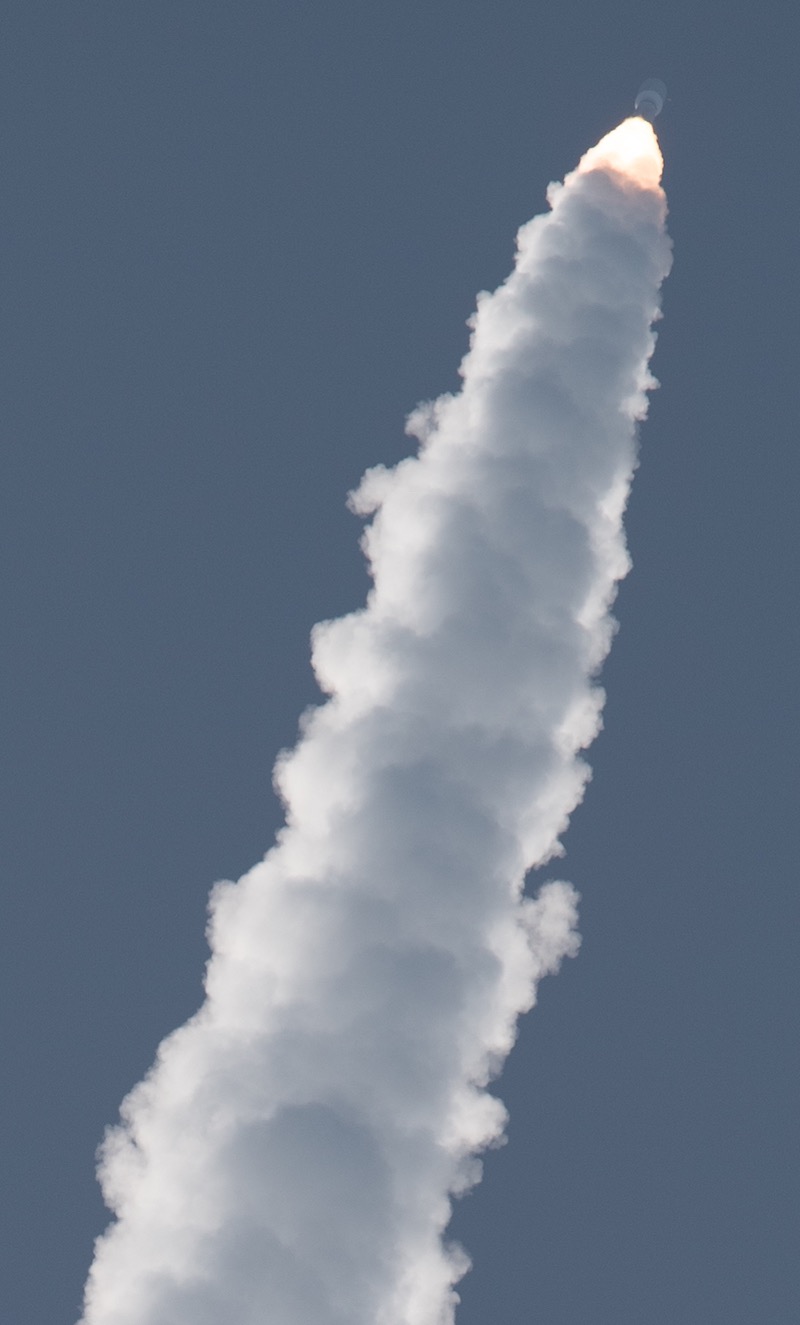
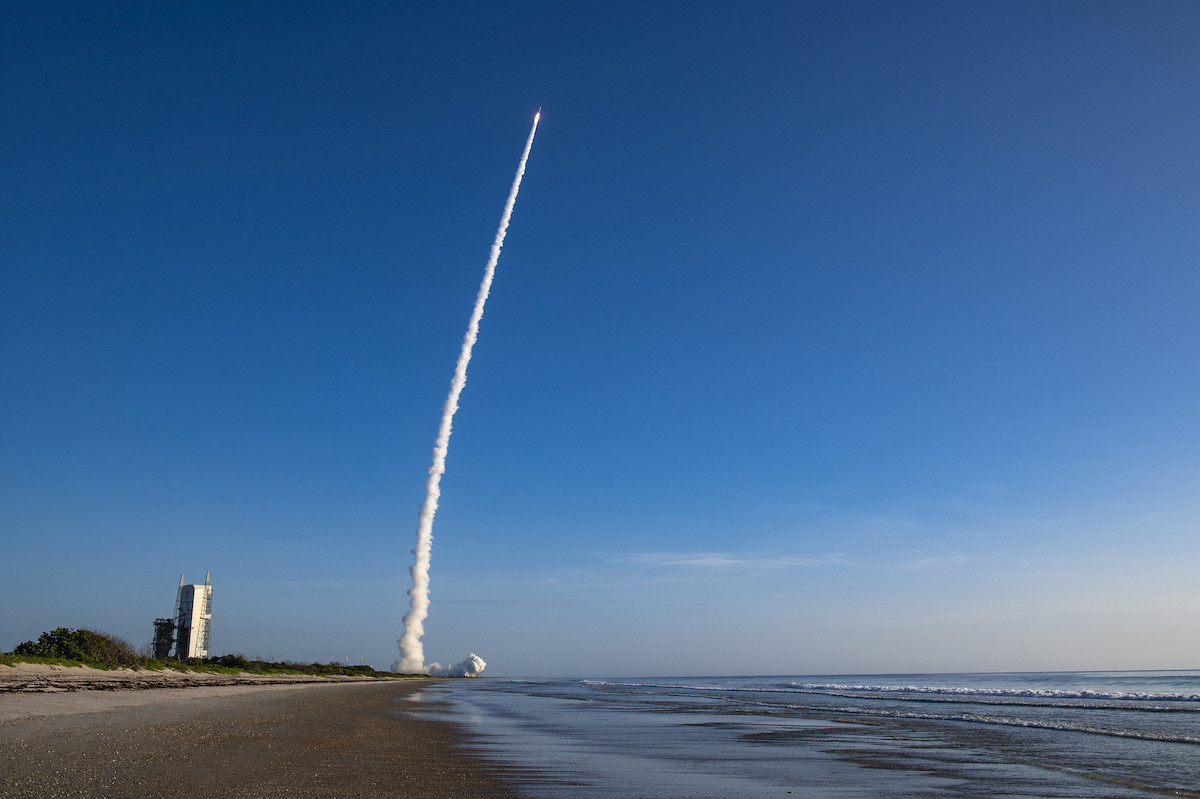
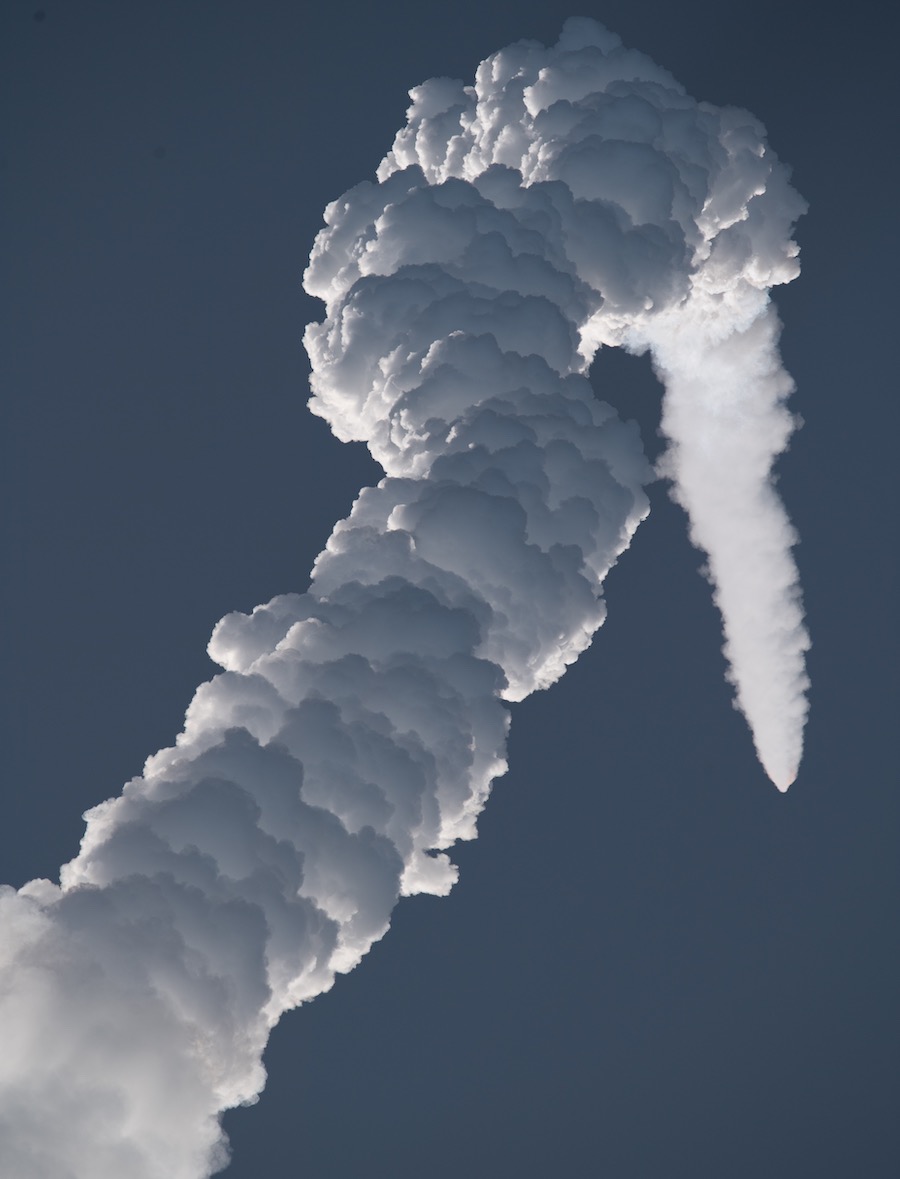
Email the author.
Follow Stephen Clark on Twitter: @StephenClark1.


